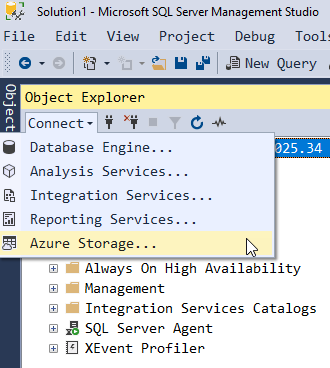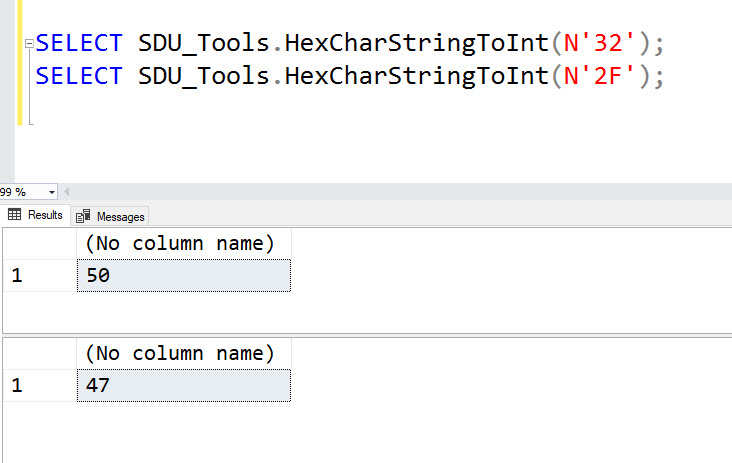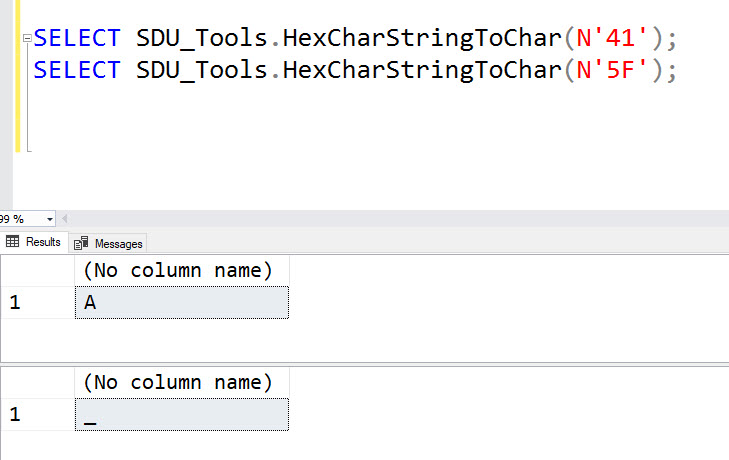
Opinion: What's with the lack of coding standards in Data Science?
I’ve been spending a lot of time over the last few years working through data science and AI topics. One thing that’s struck me consistently is the total lack of reasonable coding standards in almost all the sample code that I see.
I was doing an AI lab in eDX recently, and one of the questions got me to open some sample Python code for a virtual environment, and asked me to work out how the virtual world that it created operated.
2018-10-02









